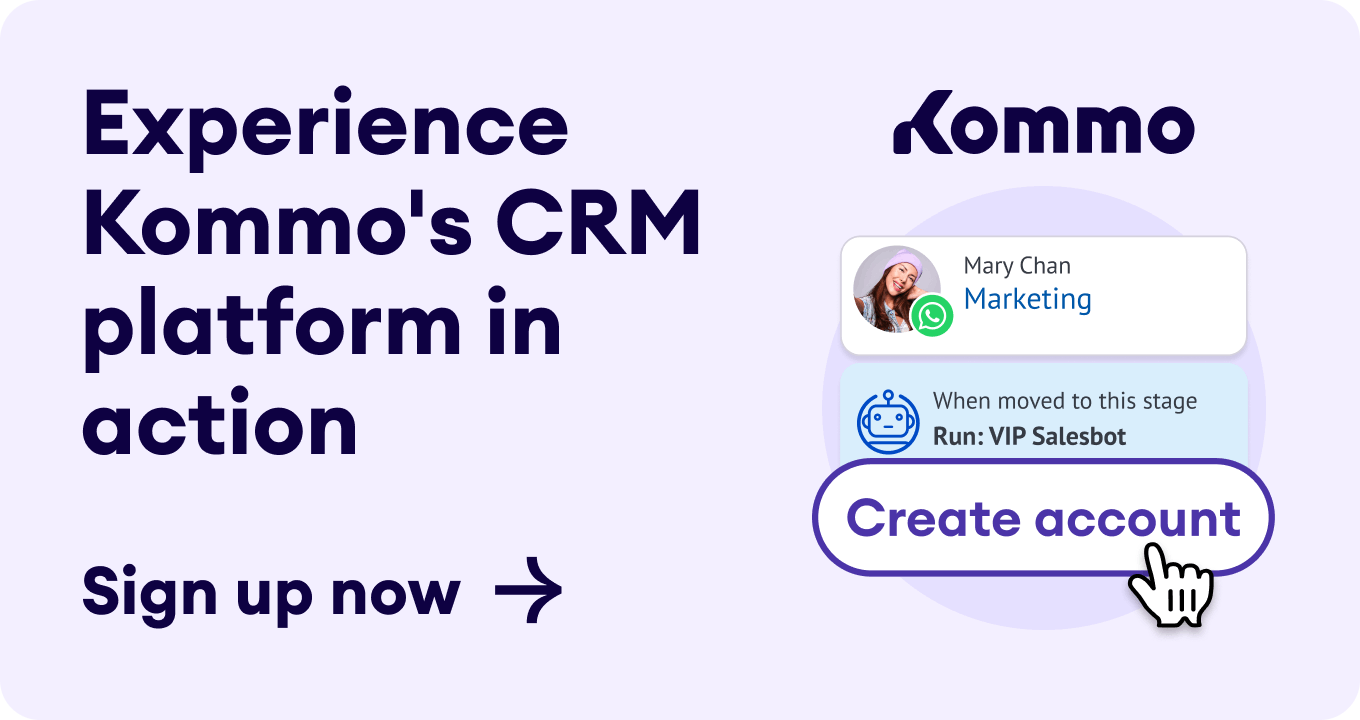Point a finger at a smart business and a chatbot will try to handshake it. From small business to enterprise giants, chatbots are an unstoppable trend in customer service. Yet few chatbots are actually well-made in terms of chatbot user experience.
Wait. What's a chatbot again?
A chatbot is a program that can talk to your customers automatically, providing instant service. It can be used for purchases, information services, bookings, you name it. A chatbot is flexible in terms of how it reads the user input. It can be a button tap or a text input - the chatbot can understand it all if it's taught to do so.
There are two general types of chatbots: AI-powered (intelligent) and rule-based (simple). To understand the user's request better and quicker, AI-powered chatbots can read the text the user sent and learn from it. Simpler chatbots offer a more straightforward approach based on button navigation. It's all depends on the budget and the scope of the project. Building a chatbot is a process with many details to it.
A really good chatbot, however, has a few user-centric design practices behind it - regardless if it's powered by AI or not. Here they are.
Chatbot UX best practices
To create a kickass chatbot, you should follow these principles:
Go with simple UX design
The first thing that repels users off from a chatbot's interface is convoluted design. A huge intro followed by a myriad of buttons can (and will) be overwhelming. The lighter the information load is, the easier the chatbot is to navigate.
The natural flow in user experience is the one with the least friction. If there is a dialogue section you can skip - it should be cut out. Every path should be leading to meaningful subjects and results.
Imagine: if a customer is picking pizza toppings, the chatbot shouldn't lead them to drinks selection before finishing. It's just counter-intuitive.
Make the purpose clear
What is the main task your chatbot is supposed to excel at? Surprisingly, this basic question is one of the most difficult to answer. The focus should be on the value the chatbot brings to the user. It must align with the strategy it's supporting (be it sales, support or marketing). To quote Steve Jobs on customer experience:The best way to determine the purpose of a chatbot (if unclear) is to perform user research through interviews and customer data analysis. If going for interviews test it on an actual person, with some people observing. You'll see right away what feels natural and what doesn't.
Thus, with a bit of courage, you can work on a chatbot design that targets specific pain points your customers experience all the time.
If there is no clear purpose for the chatbot UX - don't waste time and money creating one (even if it makes you look cool). Better to have nothing rather than a chatbot that attempts to solve a non-existent problem.
Use intuitive navigation
An often encountered situation: the lack of “go back” button or command for the chatbot. If you have fat-fingered the wrong option, going back to the very start is upsetting. There should always be a button or command - and a clear indication of it - that will help your customer take a step back and choose something else.
A chatbot shouldn't put users in a situation where they have to type out things like “yes” or “no”. These should be covered by buttons a user can tap.
Overall, a chatbot user should always know where they are and the chatbot wants from them to continue. That means every question for the user (including data entry) must be as clear as possible.
Create an awesome chatting experience
Messengers (and chatbots as a result) have a certain message size limit. It is dictated both by the messenger platform standards (which vary) and common sense (you can only fit so much a mobile phone screen). That means texts need to be short and on point.
Often encountered in the wild is a curious beast: an artificially extended “typing” or “...” indicator. It's supposed to make the chatbot seem more human, but it all it really does is make a frustrating experience for the user. Basically, you are waiting for nothing. A chatbot should not try to mimic a human; it should only speak human language. Don't try to imitate human typing speed with a chatbot, but do try to send messages in chunks that won't overwhelm the user.
The chatbot's speech shouldn't be robotic or cold. When writing texts for a chatbot, use the style you would use in your day-to-day conversation. There is no need for extra formalities.
Poncho the Weatherbot is a great example of chatbot UX and great dialogue texts. It's a chatbot that used to update users on weather conditions in their area, daily and on request. See the amazing texts in the screenshot below:
Screenshot of Poncho the Weatherbot in action - originally posted on Twitter by Array
Another thing to consider is that a chatbot is bound to fail at some point. One of the users will absolutely ask something that won't fit the script. It's pretty much mandatory to have a decent failure message (like “Whoopsie-daisy, I can't help you with that. Maybe try something else?”). Plan to have a failure message for every anticipated dead end, and help the user get back to the beginning of the conversation or take a step back.
Hone your workflows
A chatbot is truly efficient when it's tightly woven into your entire messenger-based sales and marketing pipelines, all the while being a viable option for support.
There are all sorts of data you can gather with your chatbot's help. One of the most important metrics - customer satisfaction - can be measured with net promoter score or custom surveys. The same goes for phone numbers, email addresses, preferences and more. Keep them airtight in your database. Remember that this information has to go somewhere. It can be a spreadsheet, a CRM system or a unified inbox solution.
To sum it all up - hone your chatbot UX practices by keeping your customer in mind at all times. Your chatbot will kick ass at providing outstanding customer service.
🚀 Make a personal sale with Kommo
Kommo is a pioneering Messenger Based Sales CRM software that helps businesses achieve more sales and create long-lasting relationships with their customers. It is a tool that enables companies to reach better results and increase their profits.






